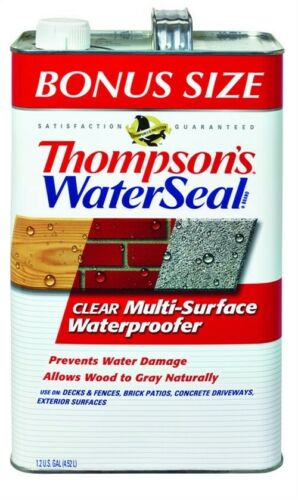-40%
Loctite 1618150 Polyurethane Self-Leveling Concrete Crack Sealant, 10 Oz
$ 9.03
- Description
- Size Guide
Description
Loctite® PL S20 Polyurethane Self-Leveling Concrete Crack Sealant is a professional grade sealant for concrete. It is a one component, polyurethane, self-leveling sealant for contraction / expansion joints and cracks in concrete floors and decks. It cures in place to form a highly resilient and abrasion resistant seal, which resists deterioration caused by weather, stress, movement, traffic and water. Its abrasion and tear resistance makes it ideally suited for applications exposed to pedestrian and vehicular traffic.Size: 10 Oz
Color : Limestone Gray
Self-leveling formula
Professional grade
No tooling required
Low VOC formulation
Complies to stringent federal & state regulatory requirements
Flexible bonds
Use on expansion joints; withstands joint movement without distortion or failure
Weatherproof
Withstands a wide range of weather conditions; virtually unaffected by extreme temperature changes
Paintable
Blends in with surroundings for a professional finish.
Recommended For:
Repairing Garage Floors
Repairing Concrete Floors and Decks
Repairing Sidewalks
Repairing Driveways.
Not Recommended For:
Exterior applications when rain is expected before sealant reaches initial cure
Vertical surface repair (use on horizontal surfaces only)
Aircraft runway or tarmac use
Joint depths greater than 3/8' (9.5 mm) without the use of a backer rod. In joints deeper than 3/8' (9.5 mm) the sealant may bubble if applied too deep or if substrate is not absolutely dry
Contact with oil-based caulking compounds, butyl caulking compounds and silicone sealants(Uncured and cured)
Use in areas of high chlorine concentration such as around swimming pools
Applications requiring temperature resistance greater than 180°F (82°C)
Use with fillers impregnated with oil, asphalt, tar or any other migratory saturant
Underwater applications or permanent water immersion.
Directions:
Safety Precautions:
Wear gloves. Sealant may temporarily stain skin.
Preparation:
Surface Preparation:
Surfaces must be structurally sound, dry and free of all loose aggregate, paint, oil, grease, asphalt, release agents, wax and mastic compounds prior to the application of the sealant.
Backing Materials:
Maximum recommended joint depth is 3/8' (9.5 mm). Sealants may bubble if applied too deep or if substrate is not absolutely dry. In joints deeper than 3/8' (9.5 mm) use of a backer rod is recommended. For joints subject to puncture (i.e. by either high heels or umbrella points), use of a stiffer or higher density back up material is required. Cork or rigid non-impregnated cane-fiber joint fillers are suitable. Make sure that the backing material is tight to the sides of the joint to prevent loss of sealant through the bottom. Note: Do not use other caulks or sand as a bottom bed in a joint.
New Concrete:
Remove all loose material, assuring that joining surfaces are clean, dry and structurally sound. Surfaces in contact with form release agents should be cleaned by sandblasting. Fresh concrete must be fully cured. Laitance must be removed by abrading.
Old Concrete:
For joints previously sealed, remove all joint sealing material by mechanical means. If joint surfaces have absorbed oils, sufficient concrete must be removed to ensure a clean surface.
General Preparation:
Use above 40°F (4°C). In cool or cold weather, store container where temperature is about 75°F (25°C) for at least 24 hours before using. Cut nozzle at a 45° angle to desired bead size and puncture inner seal.
Application:
Apply sealant with a steady pressure, forcing into the joint. Fill joints from the bottom; avoid bridging of the joint, which may form air bubbles. Sealant will self-level to form a clean joint surface. Protect open containers from heat and /or direct sunlight. Do not use in joints deeper than 3/8' (9.5 mm) without the use of a backer rod. The depth of the sealant should be half the width of the joint. The maximum depth is ½' (31 mm) and the minimum is ¼' (6 mm). Sealant skins within 24 hours, is functional within 3 days and reaches full cure in about 1 week.
Cleanup:
Clean tools and any uncured sealant residue immediately with mineral spirits in a well-ventilated area to the outdoors. Cured sealant may be carefully cut away with a sharp-edged tool.
WARNING: Cancer and Reproductive Harm - www.P65Warnings.ca.gov









